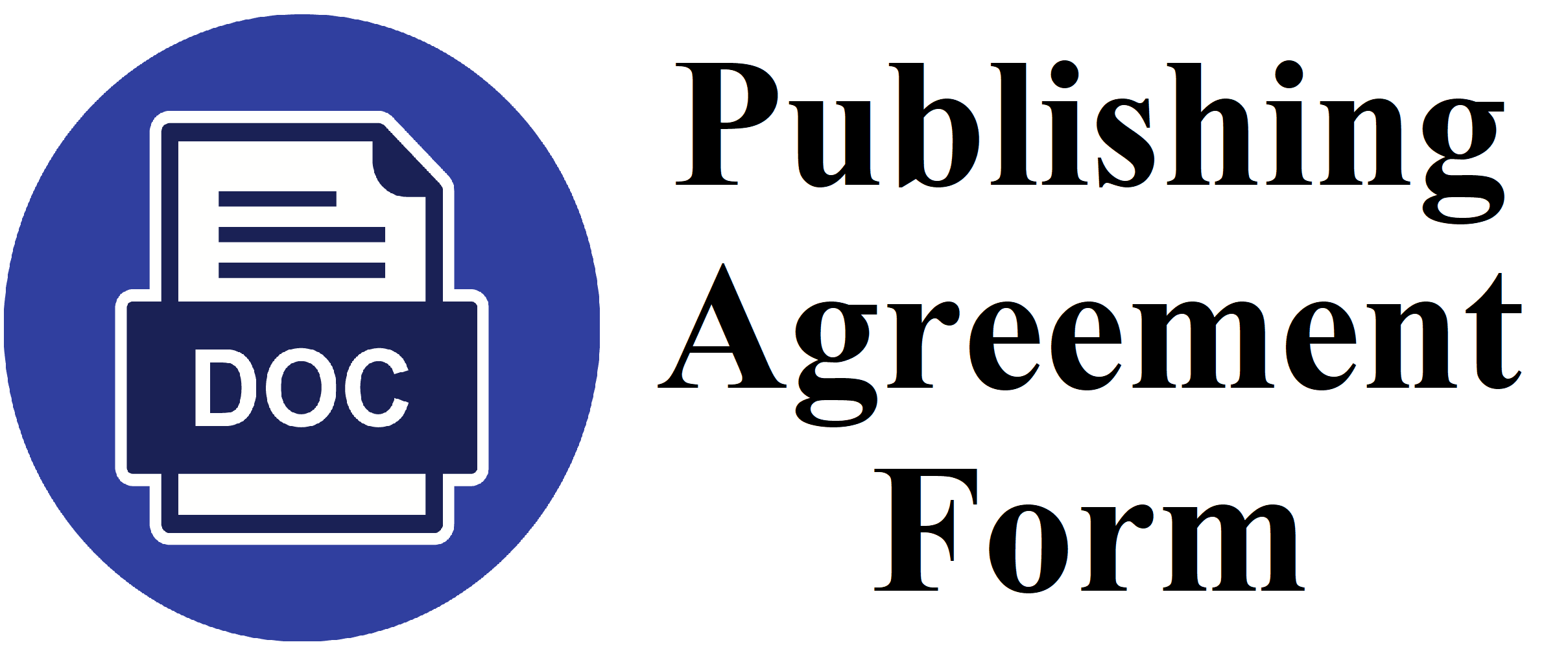Increased Serum KL-6/MUC1 Level, Neutrophils and Lymphocytes Sputum in Malang Splendid Bird Market Workers
DOI:
https://doi.org/10.36497/jri.v40i2.103Keywords:
bird market, KL-6/MUC1, neutrophils, lymphocytes, alveolar epithelial cell type IIAbstract
Backgrounds: People who work in the bird market have a high exposure risk of air pollution in large numbers, particulate pollutans including organic dust, loose feathers, insects or ticks, food aerosol particles, bird’s excreta (amonia) and various of gram bacteria, fungal and virus. Exposure to particles will stimulate the immune system against harmful pathogens in the form of an inflammatory response. An infection or injury will stimulate secretion of KL-6/MUC1 (Krebs von den Lungen-6 is a high molecular weight, mucin-like glycoprotein in human (MUC1)) by AEC type II and bronchial epithelial cells in response to cell damage and regeneration. Methods: This was an observational analytic cross-sectional study on 35 subjects, which examined and analyzed the characteristics of workers, percentage count of neutrophils, lymphocytes in induced sputum and KL-6/MUC1 serum levels using ELISA sandwich. Results: Mean KL-6/MUC1 serum levels in the bird market workers increased (1152.67+583.92 U/ml) from normal levels (105.3-401.2 U/ml). There was a significant positive correlation between the length of exposure and KL-6/MUC1 serum levels (r=0.624; P<0.001). There were an increased in the mean percentage of sputum neutrophils and lymphocytes (90.71+4% and 9.17+4.42% respectively) compared to normal subjects (50.3+23.5% and 2.6+5.2%). Conclusions: Increase percentage count of neutrophils and lymphocytes in sputum and KL-6/MUC1 serum levels indicated the presence of a chronic airway inflammation process, suspected increase in alveolar wall permeability, damage and regeneration of AEC type II due to inhalation exposure in bird market environment. (J Respir Indo. 2020; 40(2): 75-81)Downloads
References
Wardhana, W.A. Dampak Pencemaran Lingkungan (Edisi Revisi), Penerbit Andi, Yogyakarta. 2004.pp.35-38
Cardona C, Yee K, Carpenter T. Are live bird markets reservoirs of avian influenza?. Poultry science. 2009 Apr 1;88(4):856-9.
Arganata, F.Z. Status Faal Paru dan Faktor yang Mempengaruhinya pada Penjual Unggas di Pasar Burung Kupang Surabaya. The Indonesian Journal of Occupational Safety and Health, Vol. 5, No. 1. 2016. pp: 31–40
Świderska-Kiełbik S, Krakowiak A, Wiszniewska M, Dudek W, Kowalczyk M, Walusiak-Skorupa J, Śliwkiewicz K, Pałczyński C. Work-related respiratory symptoms in bird zoo keepers—questionnaire data. International journal of occupational medicine and environmental health. 2009 Jan 1;22(4):393-9.
Hattrup CL, Gendler SJ. Structure and function of the cell surface (tethered) mucins. Annu. Rev. Physiol.. 2008 Mar 17;70:431-57.
Lillehoj EP, Kato K, Lu W, Kim KC. Cellular and molecular biology of airway mucins. InInternational review of cell and molecular biology 2013 Jan 1 (Vol. 303, pp. 139-202). Academic Press.
Oguz EO, Kucuksahin O, Turgay M, Yildizgoren MT, Ates A, Demir N, Kumbasar OO, Kinikli G, Duzgun N. Association of serum KL-6 levels with interstitial lung disease in patients with connective tissue disease: a cross-sectional study. Clinical rheumatology. 2016 Mar 1;35(3):663-6.
Tjiptoherijanto P. Majalah Perencanaan Pembangunan. Edisi 23. BAPPENAS. Jakarta. 2001.pp: 4
Cramer C, Schlünssen V, Bendstrup E, Stokholm ZA, Vestergaard JM, Frydenberg M, Kolstad HA. Risk of hypersensitivity pneumonitis and interstitial lung diseases among pigeon breeders. European Respiratory Journal. 2016 Sep 1;48(3):818-25.
Martin TR, Frevert CW. Innate immunity in the lungs. Proceedings of the American Thoracic Society. 2005 Dec;2(5):403-11.
Suma’mur PK. Higiene perusahaan dan kesehatan kerja (HIPERKES). Jakarta: Sagung Seto. 2009:72-75.
Williams CM. Poultry waste management in developing countries. the role of poultry in human nutrition. 2013:46.
Perhimpunan Dokter Paru Indonesia, 2016. Penyakit Paru Obstruktif Kronik. Universitas Indonesia. Jakarta. 2016.pp.4-9.
Kementrian Kesehatan Republik Indonesia. Pedoman Penyakit Terkait Rokok. Direktorat Pencegahan dan Pengendalian Penyakit. Jakarta, 2016;pp. 2-3.
Jayaram L, Parameswaran K, Sears MR, Hargreave FE. Induced sputum cell counts: their usefulness in clinical practice. European Respiratory Journal. 2000 Jul 1;16(1):150-8.
Melo, L.C., Silva, M.A.M.D. and Calles, A.C.D.N. Obesity and lung function: a systematic review. Einstein (Sao Paulo). 2014;12(1), pp.120-125.
Kohno N. Serum marker KL-6/MUC1 for the diagnosis and management of interstitial pneumonitis. Journal of Medical Investigation. 1999 Aug;46(3/4):151-8.
Torrens, D. and Iwata, R. Serum biomarkers for lung disease. MLO: medical laboratory observer. 2012;44(7), pp.38-40.
Kato K, Lillehoj EP, Kim KC. MUC1 Regulates Epithelial Inflammation and Apoptosis by PolyI: C through Inhibition of Toll/IL-1 Receptor-Domain–Containing Adapter-Inducing IFN-β (TRIF) Recruitment to Toll-like Receptor 3. American journal of respiratory cell and molecular biology. 2014 Sep;51(3):446-54.
Zacharisen MC, Schlueter DP, Kurup VP, Fink JN. The long-term outcome in acute, subacute, and chronic forms of pigeon breeder's disease hypersensitivity pneumonitis. Annals of Allergy, Asthma & Immunology. 2002 Feb 1;88(2):175-82.
Ishikawa N, Mazur W, Toljamo T, Vuopala K, Rönty M, Horimasu Y, Kohno N, Kinnula VL. Ageing and long-term smoking affects KL-6 levels in the lung, induced sputum and plasma. BMC pulmonary medicine. 2011 Dec;11(1):22.
Ngajilo D. Respiratory health effects in poultry workers: allergies in the workplace. Current Allergy & Clinical Immunology. 2014 Jun 1;27(2):116-24.
Molia S, Boly IA, Duboz R, Coulibaly B, Guitian J, Grosbois V, Fournié G, Pfeiffer DU. Live bird markets characterization and trading network analysis in Mali: Implications for the surveillance and control of avian influenza and Newcastle disease. Acta tropica. 2016 Mar 1;155:77-88.
Davidson WJ, Leigh R. Establishing a normal range for induced sputum cell counts in Western Canada. Canadian respiratory journal. 2013;20(6):424-8.
D’Ippolito, R., Chetta, A., Foresi, A., Marangio, E., Castagnaro, A., Merlini, S., et al. Induced sputum and bronchoalveolar lavage from patients with hypersensitivity pneumonitis. Respiratory medicine, 2004;98(10), pp.977-983.
Okamoto T, Fujii M, Furusawa H, Tsuchiya K, Miyazaki Y, Inase N. The usefulness of KL-6 and SP-D for the diagnosis and management of chronic hypersensitivity pneumonitis. Respiratory medicine. 2015 Dec 1;109(12):1576-1581.
Downloads
Additional Files
Published
Issue
Section
License
- The authors own the copyright of published articles. Nevertheless, Jurnal Respirologi Indonesia has the first-to-publish license for the publication material.
- Jurnal Respirologi Indonesia has the right to archive, change the format and republish published articles by presenting the authors’ names.
- Articles are published electronically for open access and online for educational, research, and archiving purposes. Jurnal Respirologi Indonesia is not responsible for any copyright issues that might emerge from using any article except for the previous three purposes.
















